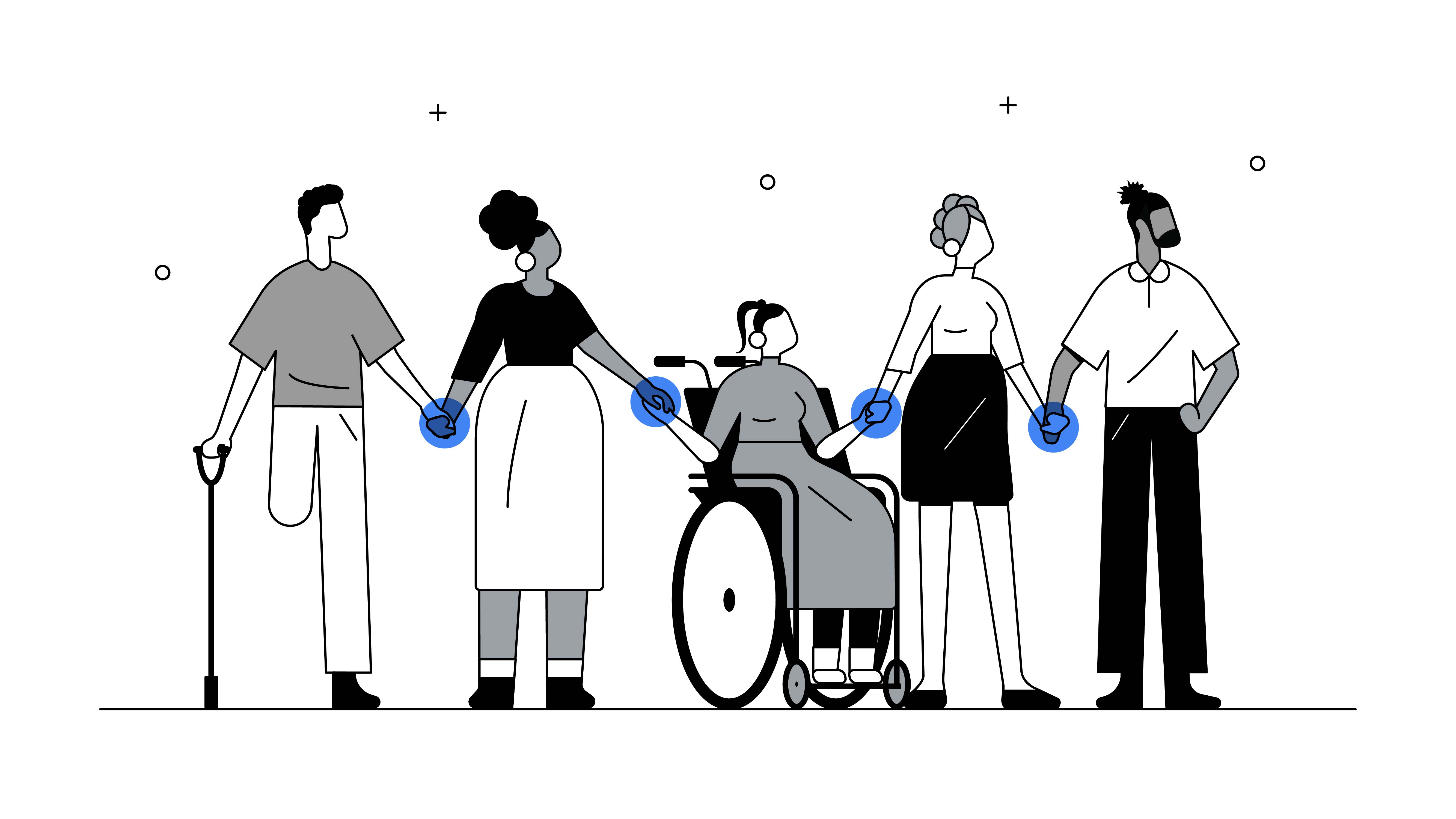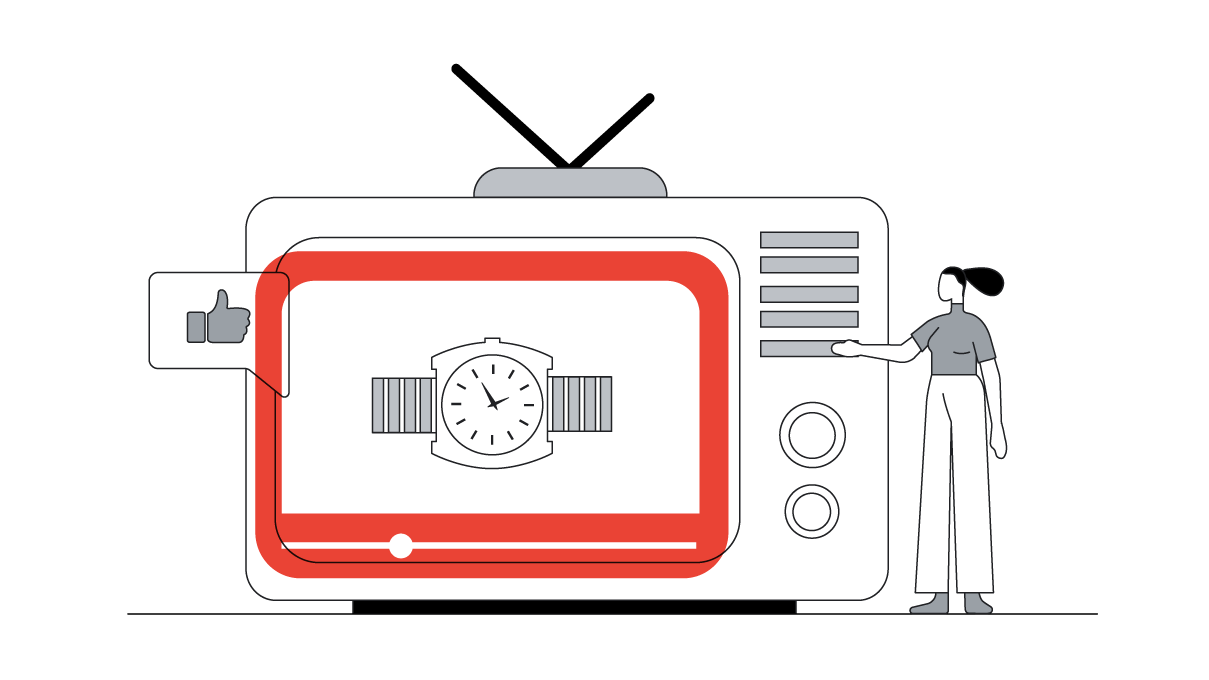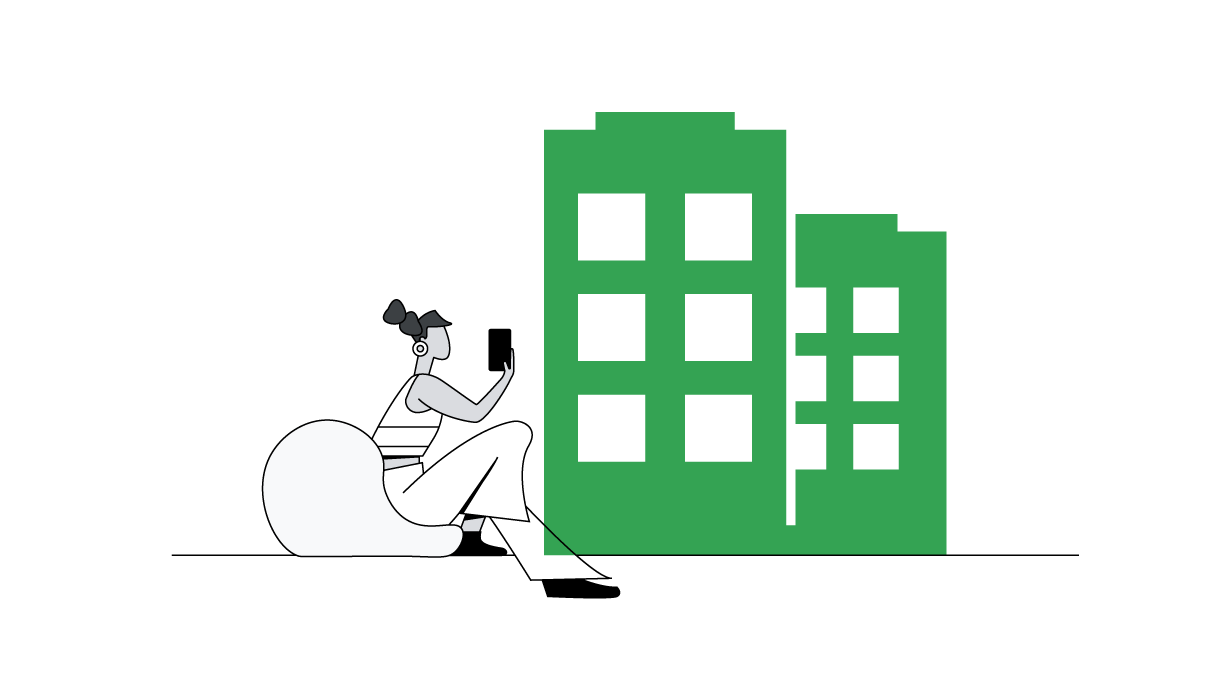Women now expect to see more positive advertising supportive of gender equality and International Women’s Day is a good time to reflect on the opportunities to provide richer, more engaging content for a female audience.
Gender equality is a hot topic that is fuelling debates and prompting the launch of a variety of campaigning initiatives. International Women’s Day, celebrated annually on March 8th, is a focal point for discussion on the issue and searches for ‘women empowerment’ peak just after the event.
However, the trend for exploring female empowerment stretches across the year and findings show that searches for ‘feminism’ grew 27% from 2014 to 2015, with people asking questions such as “What is a feminist?” and “What does feminism mean?”1
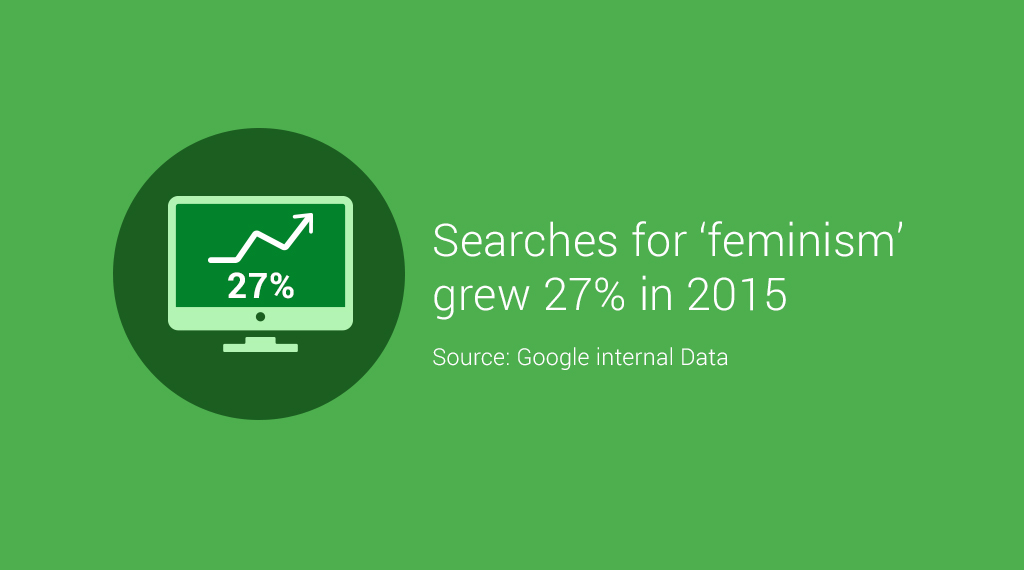
The gender equality debate is important for society and global economic welfare. McKinsey research suggests that if women can realise their full economic potential then it will add $12 trillion to global growth and brands can play their part in helping achieve this goal.
On a day-to-day level, a Google survey shows 53% of women believe that “ad campaigns have a strong influence on how women are perceived in society”, which means that brands are an important part of the conversation.
Passionate conversations can develop around gender equality initiatives, for instance HeForShe, a campaign introduced by Emma Watson at the UN last year. Another example is the movement that sprang up around the creation of the hashtag #ilooklikeanengineer - the campaign is thought responsible for helping fuel a 45% jump in searches for “girls who code” in 2015.
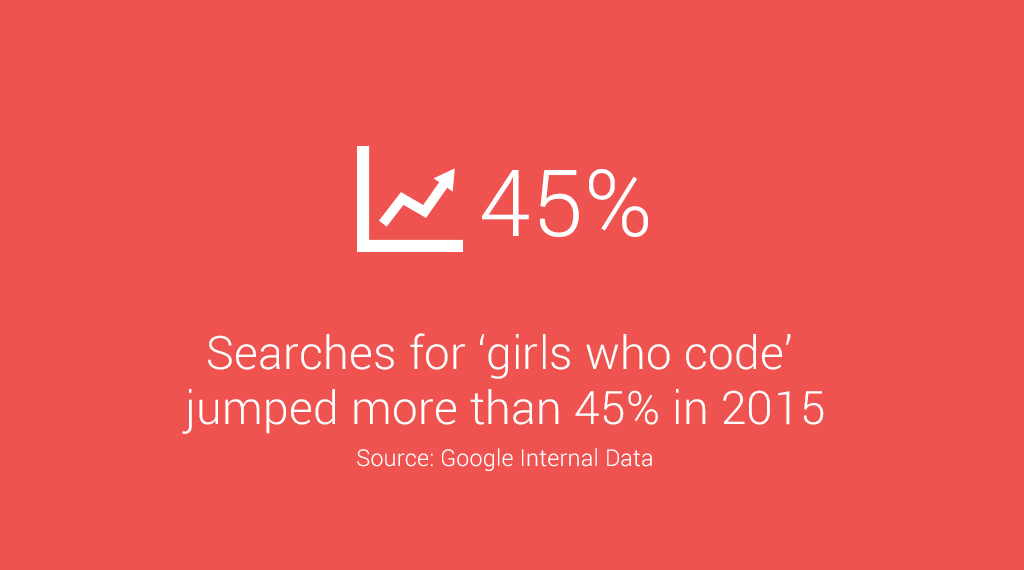
Brands can choose to develop ‘pro-female’ campaigns that will help strengthen engagement with their female customers. A richer relationship can help to position a brand front of mind for purchasing decisions - 57% of UK women say they "would rather buy a product for which ads portray women in a positive light”2.
UK women told Google that ads supportive of gender equality should depict them as equal to men, strong, positive and as ‘real’ rather than stereotyped versions of their gender.
Five great examples of what can be achieved include Unilever’s Dove Choose Beautiful campaign, Sport England’s This Girl Can, Nike’s Better For It, Procter & Gamble’s Always #Likeagirl and Mattel’s Barbie – Imagine The Possibilities.
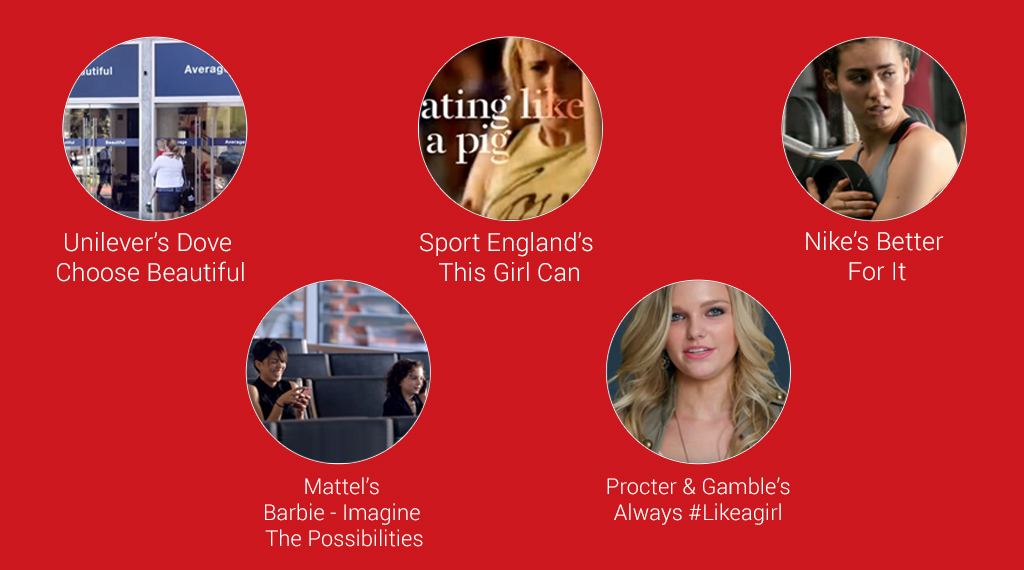
These were the top five examples of female-empowering advertising most remembered by women in 2015 with Dove’s work recalled by more than half of the poll. They all featured prominently in the monthly YouTube Ads Leaderboards last year with an aggregated 100M views in total.
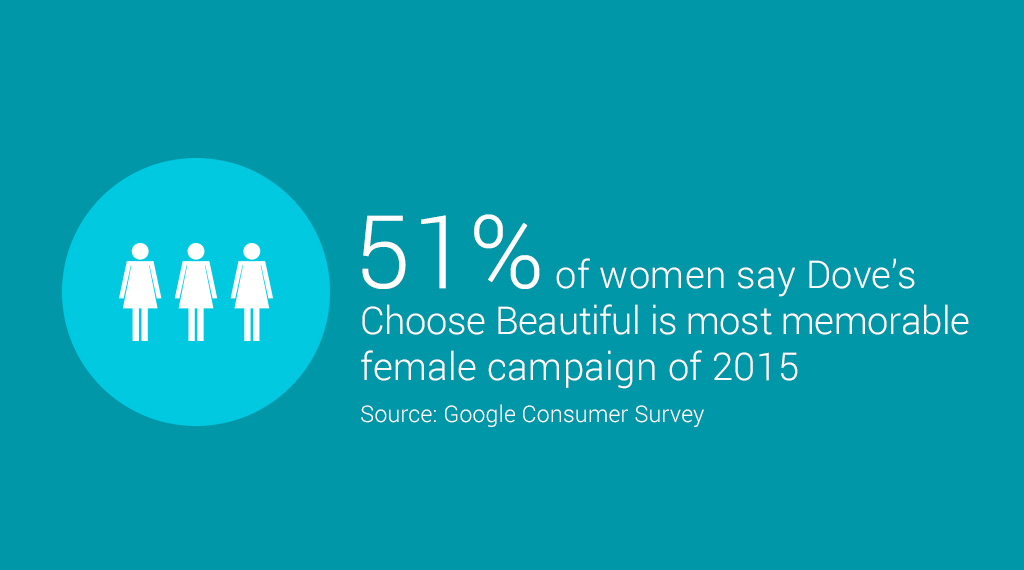
These brands were not afraid to take their time to tell their story and many of these successful videos are more than three minutes long. If the content is engaging and reflects the viewer’s enthusiasms, they are more likely to keep watching.
Brands can use their creative talents to become involved and create a platform for conversations, for instance, YouTube launched an initiative designed to encourage young women under the slogan #DearMe in collaboration with 25 YouTubers, which urged users to create inspirational messages for their younger selves. The launch video has been viewed nearly 5M times.
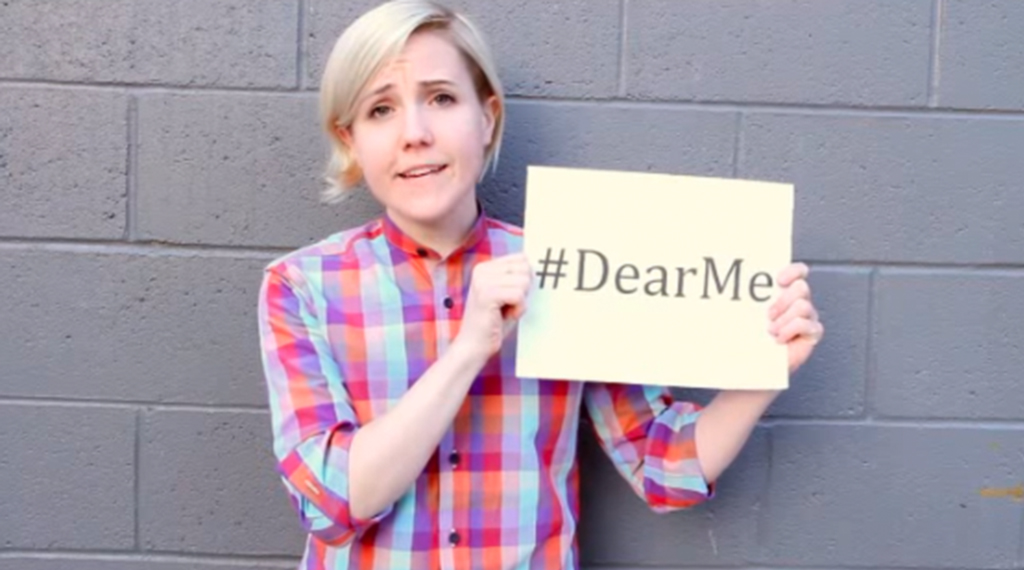
Here are some tips for building a female-powered campaign:
- There is heightened interest in the topic of women and empowerment around International Women’s Day on March 8th, so make sure any relevant content is topical and discoverable around this time.
- International Women’s Day is a key date but make sure to plan activity across the year. Dove has steadily built credibility in this area and 51% of women said that Dove Choose Beautiful was the most memorable female campaign of 2015.
- Consider longer form YouTube video beyond 30 seconds so your brand’s story and point of view can be told in more depth.
- Ads that portray women in a positive light are more likely to be remembered, so make sure the content depicts women as realistic, strong and equal to men.
